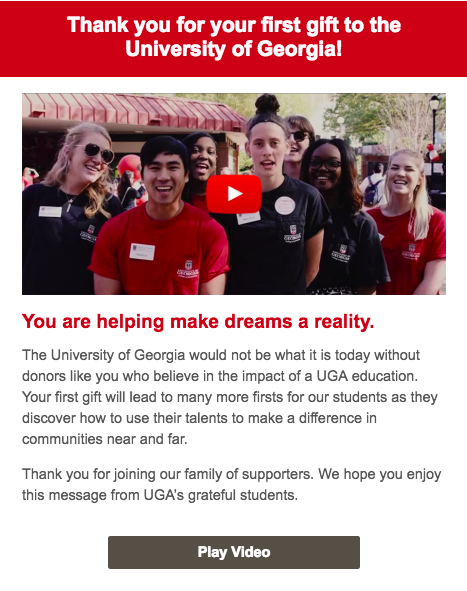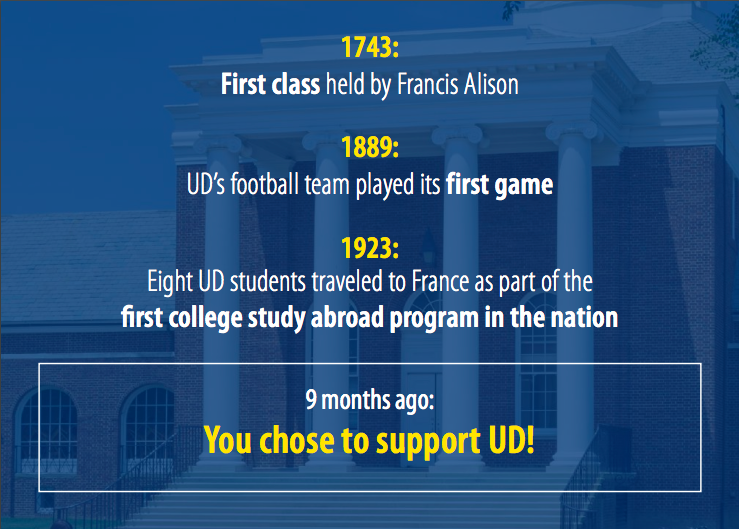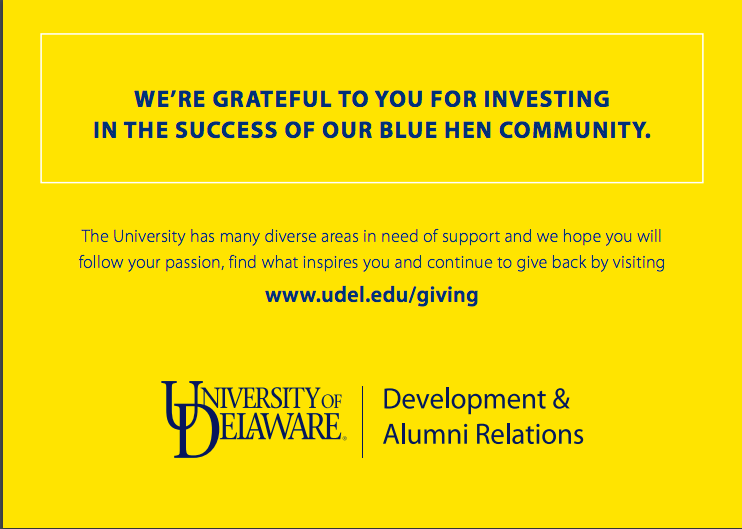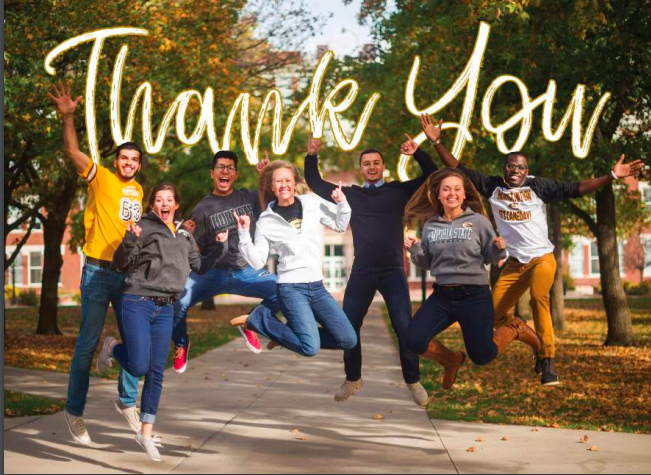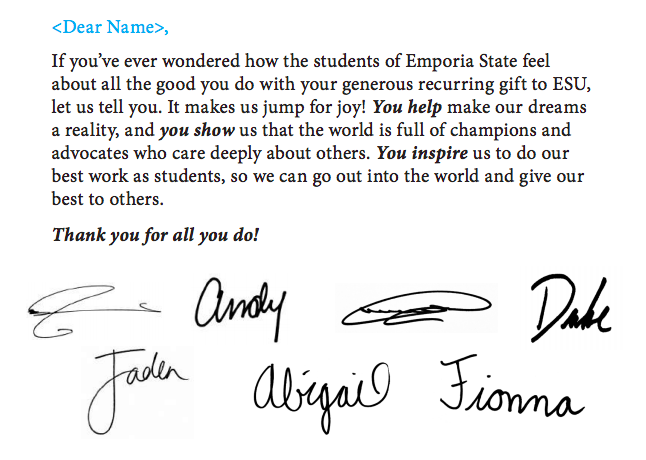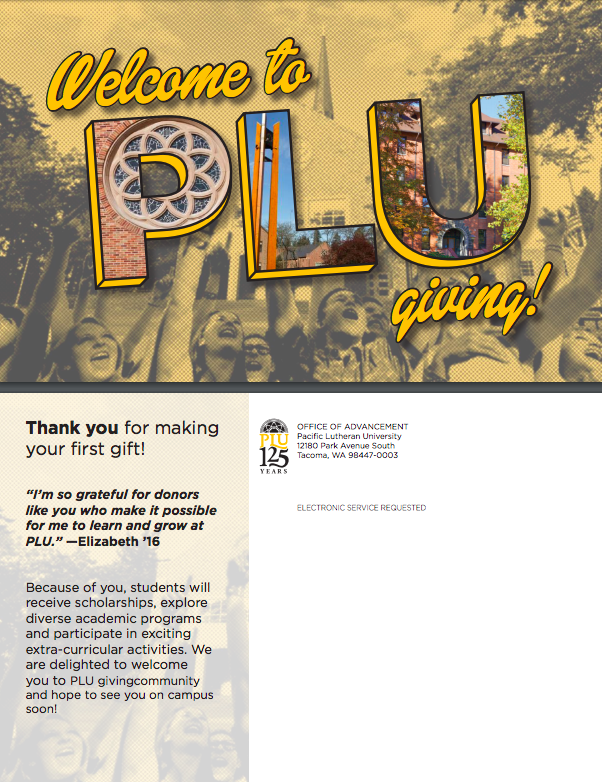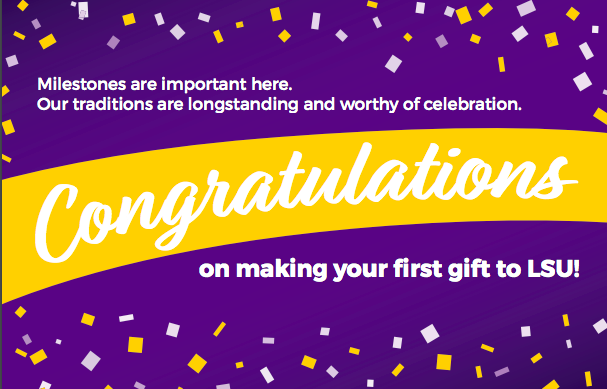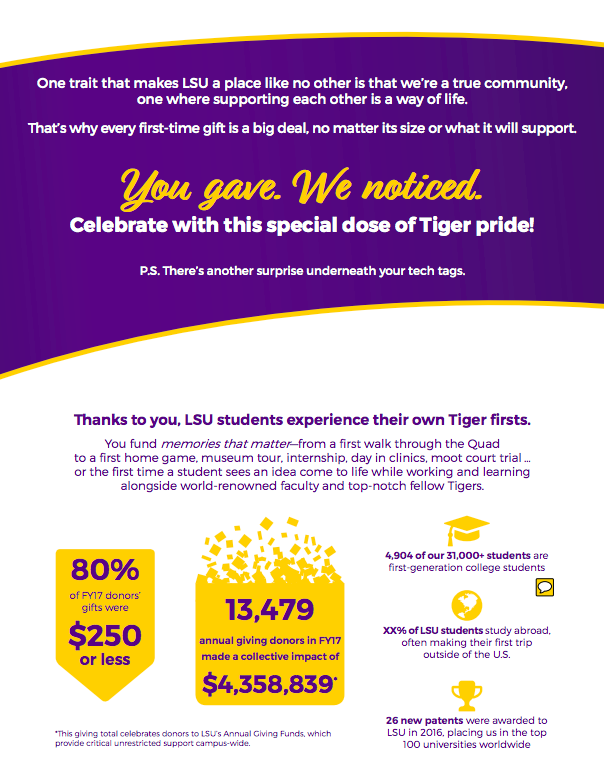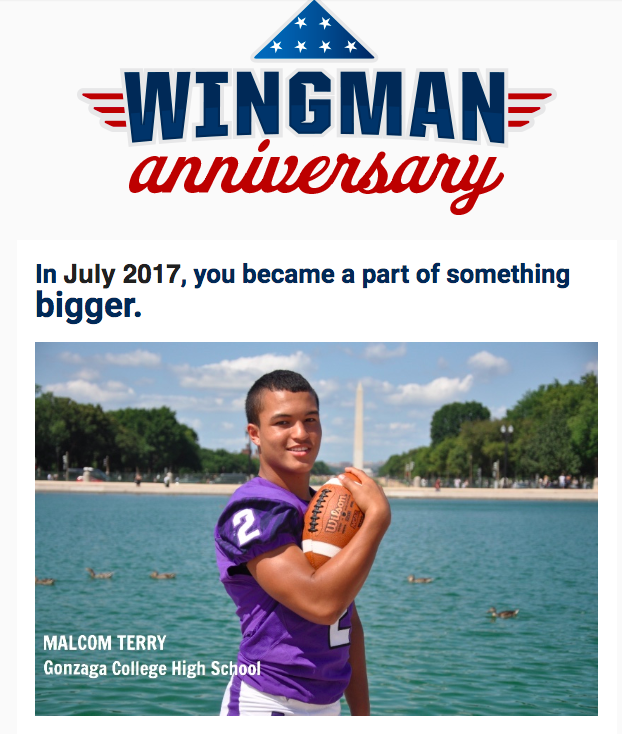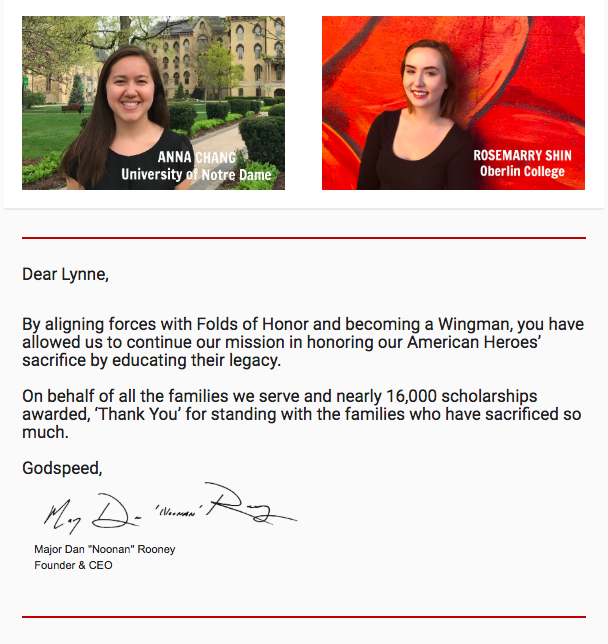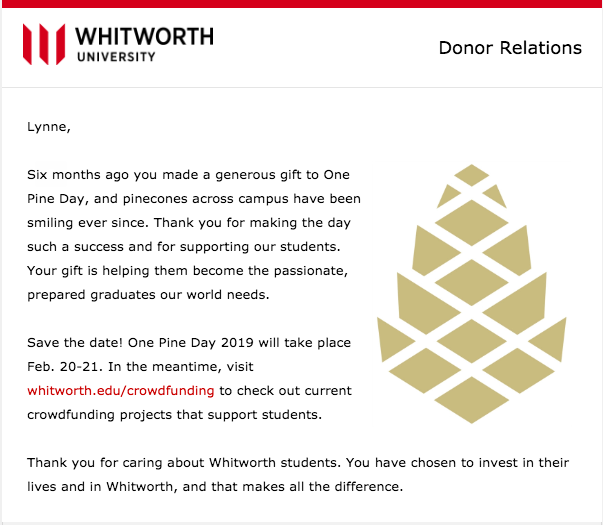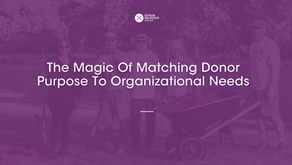The Future Is Now: Behavior-Based Donor Relations
- Lynne Wester

- Jan 31, 2019
- 2 min read
Imagine, you walk into your favorite store, the one where in the past you have bought so many amazing t-shirts off of the sale rack in the back, sometimes even hiding the good ones from others so they aren’t purchased. And the sales representative, instead of showing you items similar to what you’ve bought in the past, takes you to a section of the store that doesn’t fit your needs at a cost you simply cannot afford. It’s full of frilly uncomfortable clothing and none of it is on sale. This would be a bad shopping experience.
However, this is the experience we commonly give our donors. They give to us in a modest amount and toward a specific purpose, and we proceed to show them everything we have to fund, in funding ranges they haven’t even displayed before. We tell them so many stories in our newsletters that have nothing to do with their area of support they become overwhelmed. In addition, we focus so much on the amount of their gift and treat them accordingly, they don’t have a chance to give more because we value them based on an amount not a behavior. This madness has to stop. Every donor deserves an amazing donor experience, regardless of the amount of their gift.
I firmly believe it is important to make every generous soul feel special for their giving. Basing their treatment on the amount of their gift and sending them communications that everyone else gets is not the way. Instead, we must segment our donors by WHERE they give and HOW they give. Behavior based donor relations is not just the future, it is the NOW. From first time donors to donors who double their giving, each of these behaviors must be noticed and communicated accordingly. Don’t thank someone for their $25, thank them for their first gift. Don’t send them information on every funding opportunity you have available, send them the impact of their gift.
But how? We have to get smarter about segmentation and eschew the idea that donors want to read and are interested in everything we offer. Donors don’t want to hear about everything we do equally, they want to hear what they make possible. Focused, targeted communications based on area of support and donor behavior are the best way to communicate. They provide more ROI, higher retention, and a better overall donor experience. Point out to the donor what makes them special, not how they are like other donors. What makes them unique? Inspire their future giving with stories about their current giving. Not what you want them to fund, but what they can do to change the organization and amplify their existing support.
It’s a different way to look at our work for sure, but isn’t that what I’m good for? Providing a new lens on the same old fundraising practices. Try this technique with your donors. Start with your first time donors, maybe with a postcard or email like these:
There’s nowhere to go but up from here! The sky is the limit for behavior based donor relations!!
Cheers,
Lynne

